At the end of the first instalment of Will ye go to Flanders? I had reached Ieper and considered how German reparations money after the First World War allowed the town to be rebuilt over the following decades, recreating its Medieval glory. I also visited the Menin Gate, the memorial to the missing which opened in 1927 and became a place of pilgrimage for the families of those who had fallen on the Western Front in Flanders between August 1914 and August 1917 (the remaining 35,000 names of the missing from the last fifteen months of the war are commemorated on the memorial wall at Tyne Cot cemetery). Indeed, when Field Marshall Plumer formally inaugurated the Menin Gate, he said, to an audience of assembled pilgrims, ‘He is not missing. He is here.’ Much as that sentiment clearly gave comfort to many, the expense and the perhaps triumphalist nature of the memorial was controversial, its presence described as an ‘immoliation’ by Siegfried Sassoon in his poem On Passing the new Menin Gate.
Whatever your opinion of the Menin Gate, the daily Last Post ceremony which has been held there since 1929 is a hugely moving occasion and I was pleased to attend before I left Ieper.
There is something particularly evocative about a piper in remembrance ceremonies and one played on the evening I attended the Last Post ceremony.
The following day, I walked to a number of sites in Poperinge town, where I was staying. The first told the story of 300 men whose loss poses some very uncomfortable questions.
From the town centre, I continued to both the Poperinge CWGC Cemetery, where restoration work was taking place, to the larger Poperinge New Military Cemetery.
At Poperinge New, I reflected on how these ceremonies were designed and constructed.
One man has found visiting the battlefields stirred a powerful creative response which he never knew he had. He shares his work at cemeteries to encourage others to think more deeply about what they see.
We tend to see the Western Front through British eyes, thinking about the young men who fought and died from all corners of the United Kingdom. This was, as I said at Lijssenhoek, a world war and Poperinge New revealed the contribution of soldiers from the French empire.
Before I left Flanders, I gathered my thoughts taking a good look around Talbot House, museum and my accommodation for the trip.

In between compiling these two Will ye go to Flanders? Posts, I returned to the Ieper Salient for a whistle-stop visit, guiding a school group. It was the busiest I had seen it since the centenary years, car parks at many sites full of coaches as British school parties travelled close to Armistice Day. I was impressed by how many of the students in my party wanted to share their reflections in the visitors’ book at Tyne Cot cemetery and particularly by the perceptive and considered points they raised on the nature of remembrance at the powerful German cemetery at Langemarck, which stirs uncomfortable feelings with both its ambience and challenging relationship with history. Both sites do not feature here, but are a must for visitors to Flanders: start as we did at Tyne Cot for the full impact of these cemeteries. It is important to remember all who were killed in the interests of a cause which many had little choice but to fight for, or were swayed by the propaganda and cultural values of their time. Let those be lessons to us all today as young people continue to engage with the idea of remembrance and all of the complex, ambiguous questions it raises.
Further reading and information:
Lesley Munro’s Substack The Forbidden Zone takes a fascinating look at often overlooked aspects of the war, particularly nursing and psychiatry.
The Commonwealth War Graves Commission looks after all cemeteries and most of the other sites mentioned in Will ye go to Flanders? The search function on their website allows you to research soldiers and find their graves, as well as explore the sites they maintain.
Talbot House museum is worth a visit and I would thoroughly recommend its accommodation, which remains as welcoming as when Tubby Clayton was in charge.
The Last Post Association organise the nightly commemoration at the Menin Gate, as well as special concerts and events linked to remembrance.

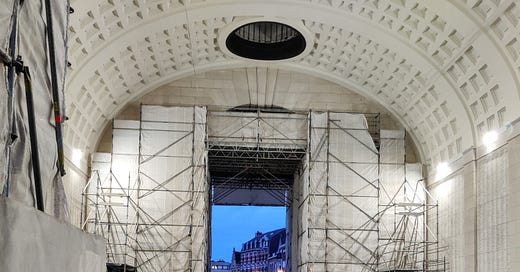



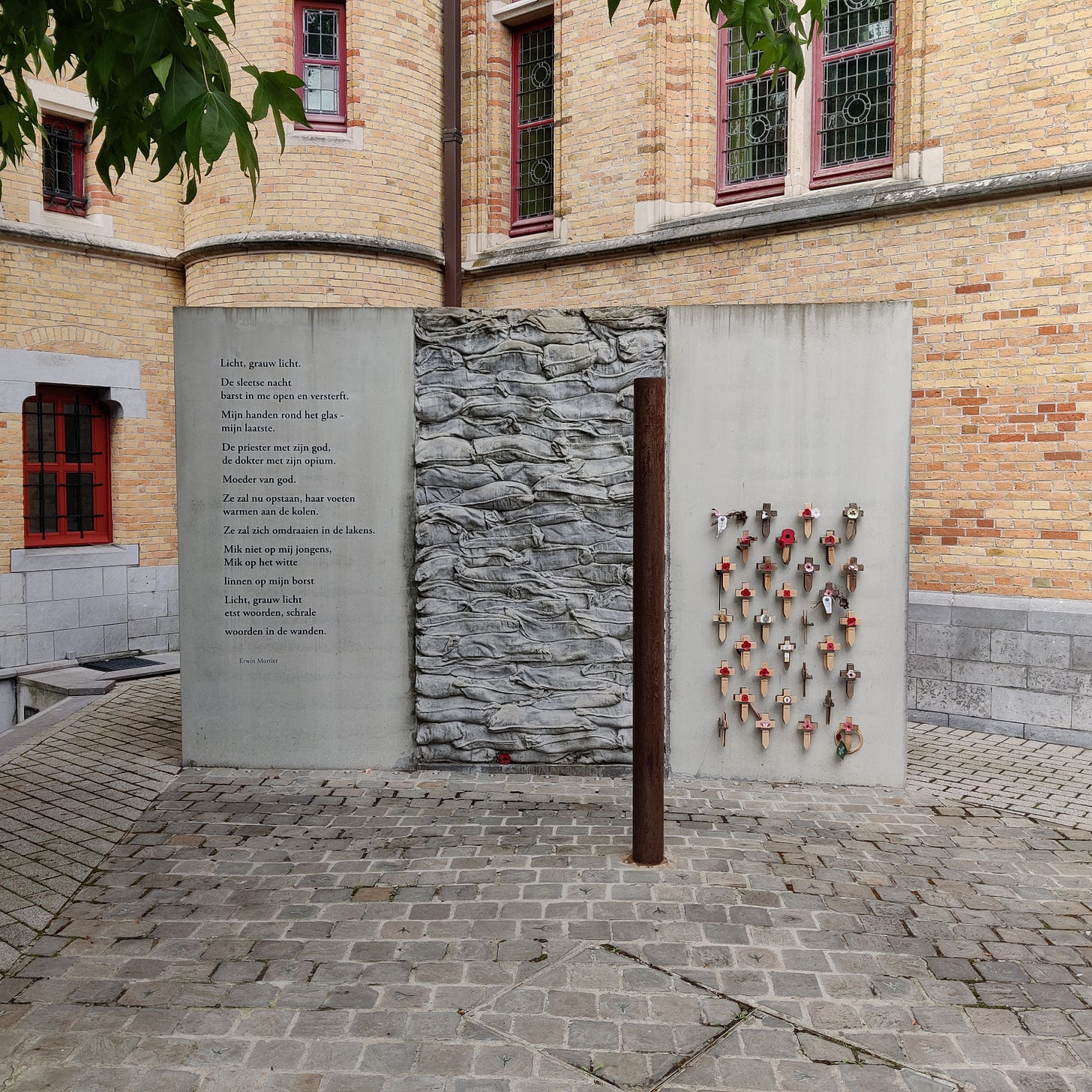

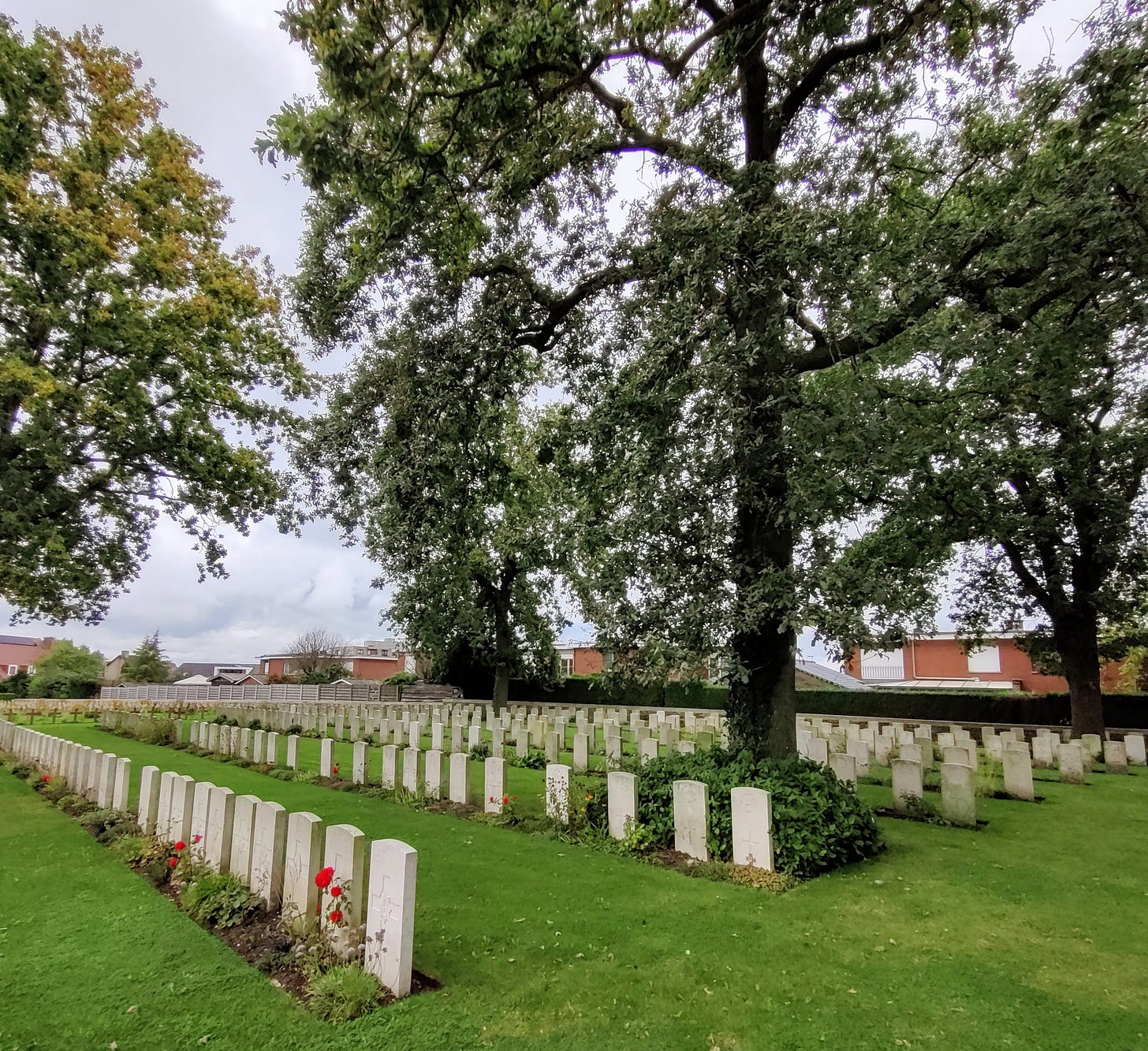
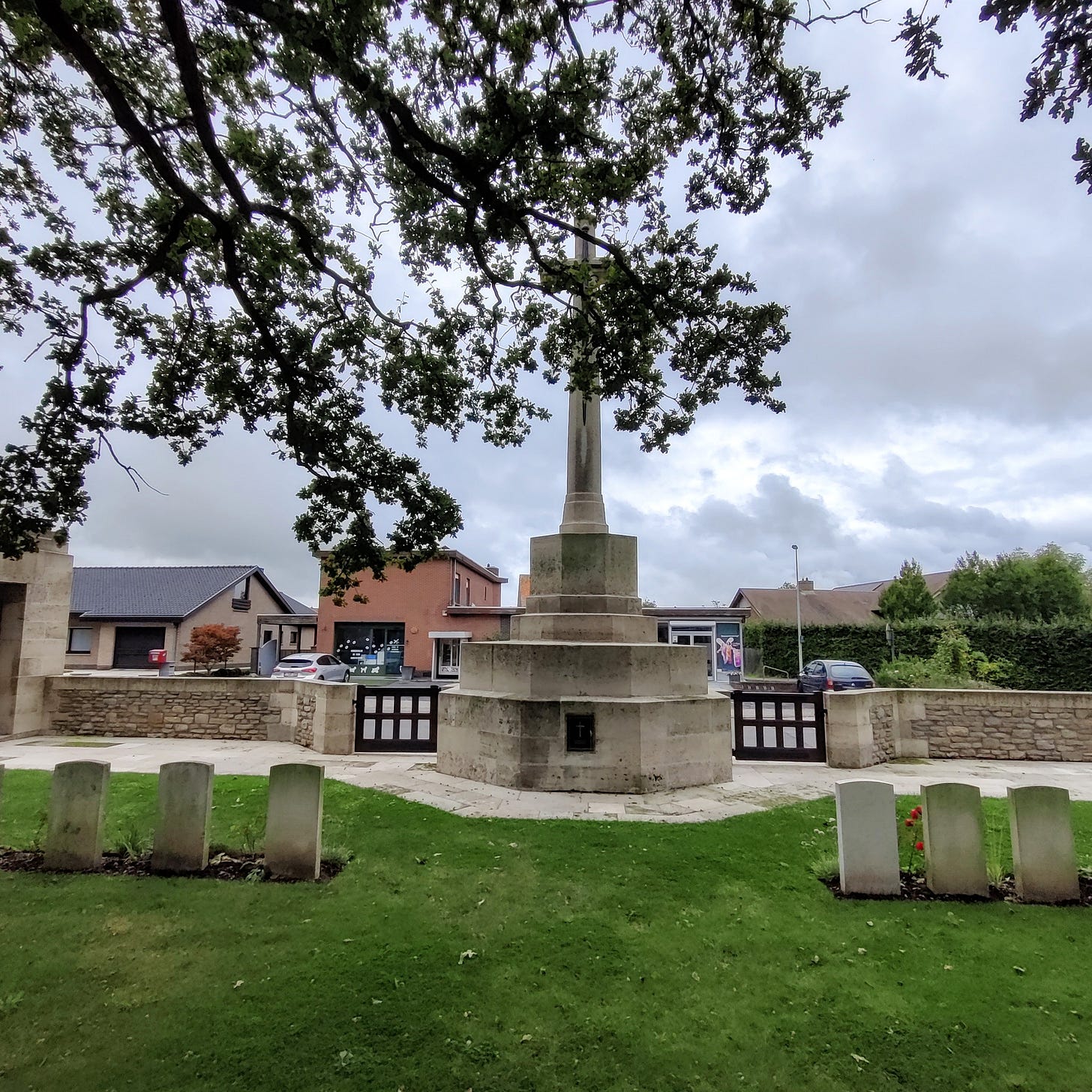
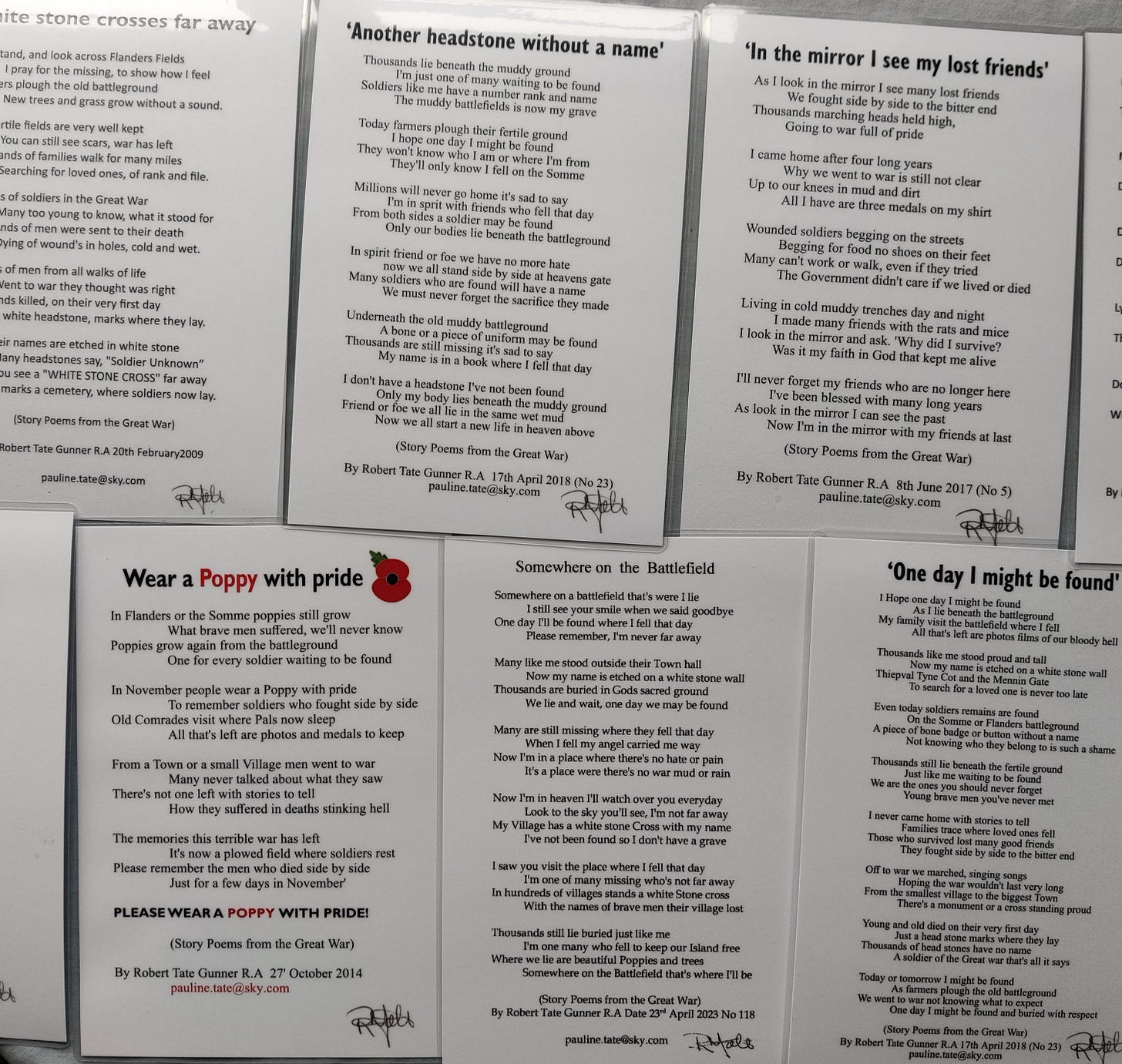
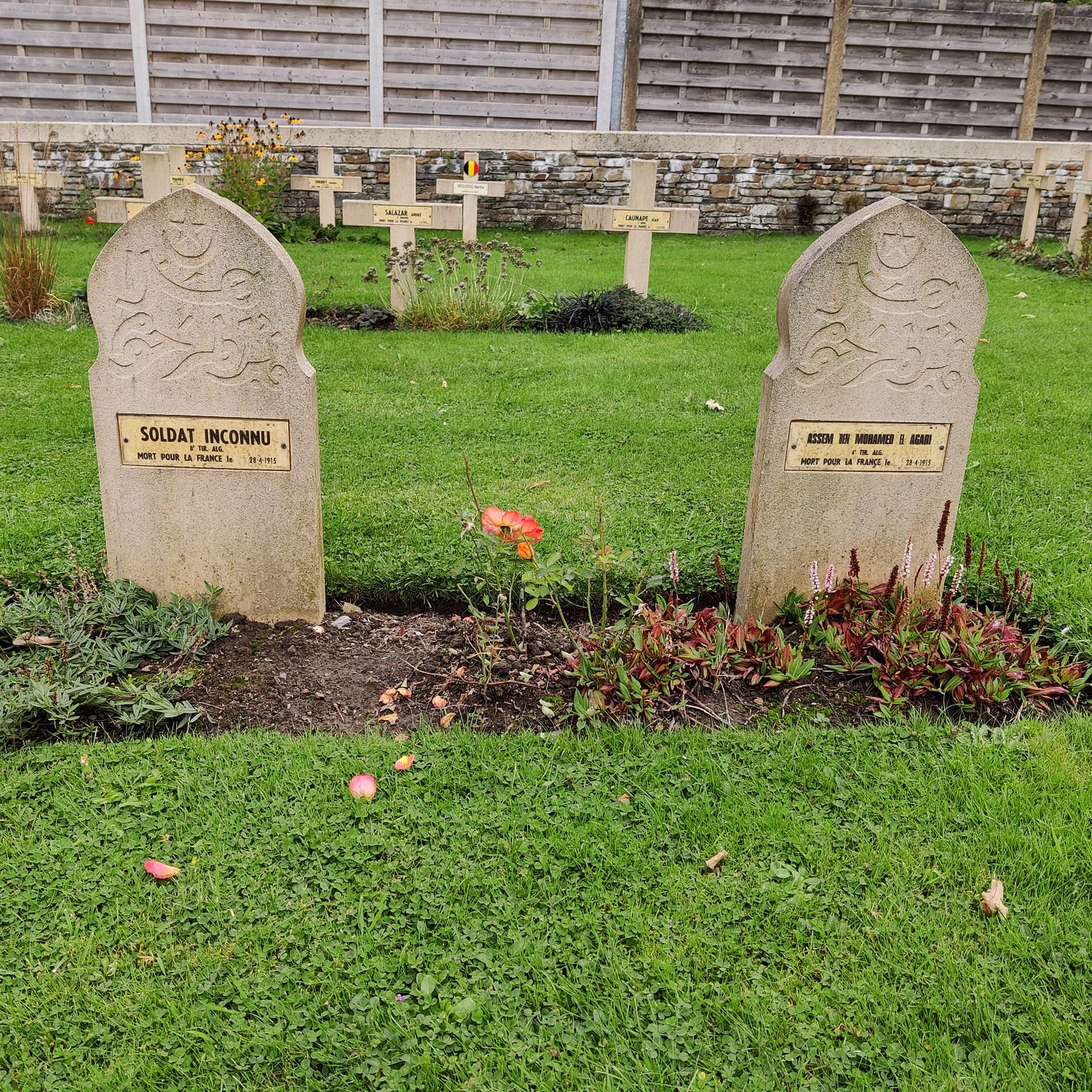
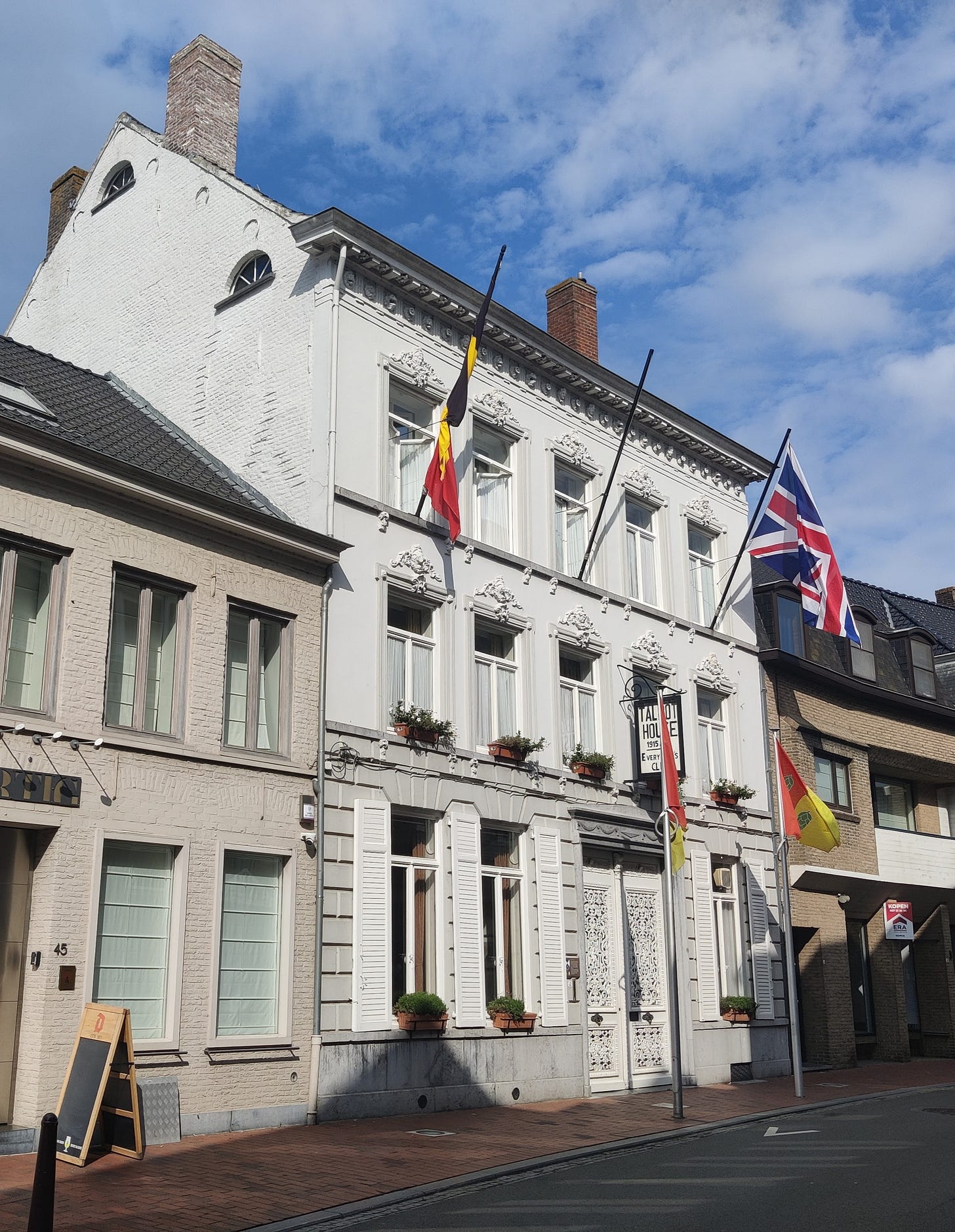
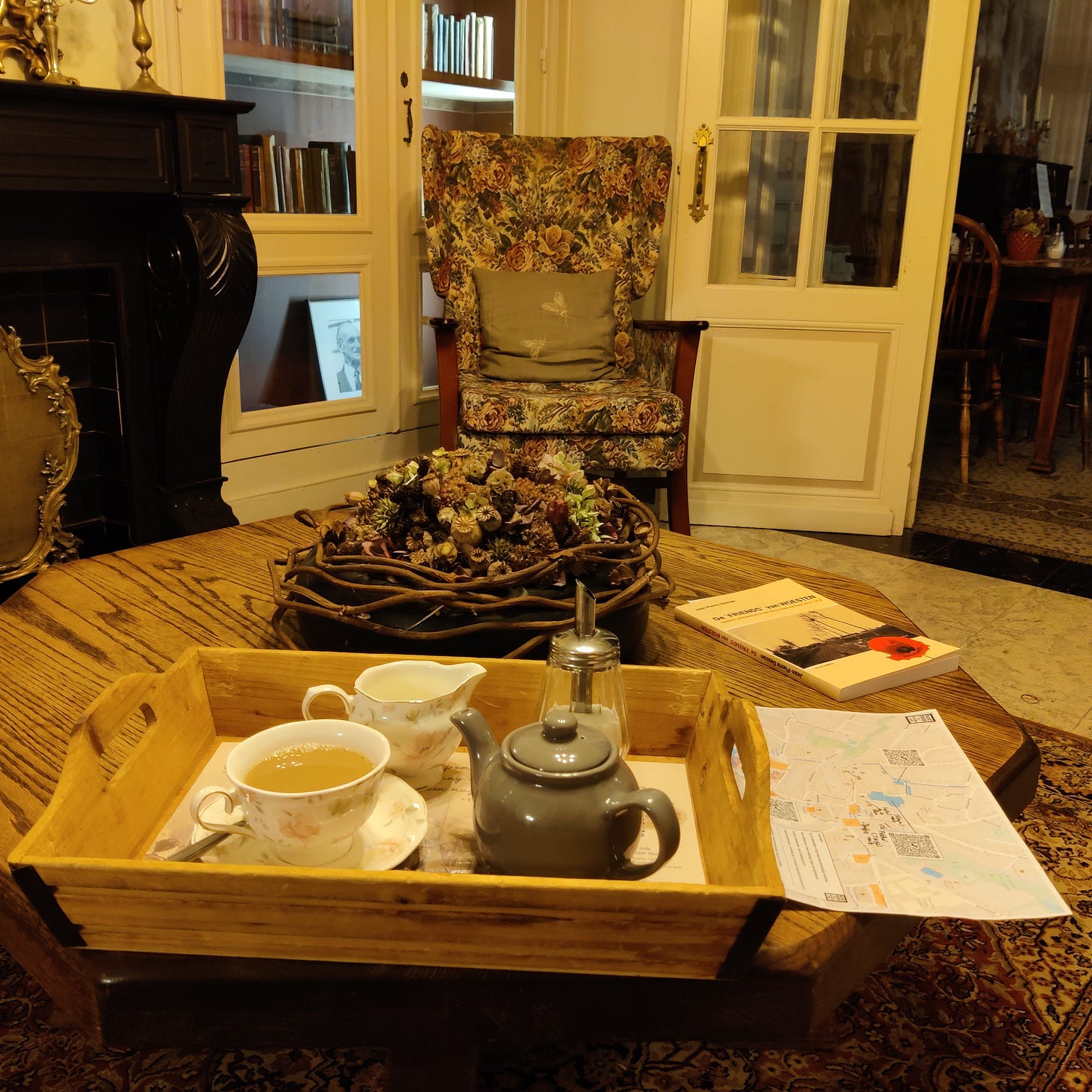
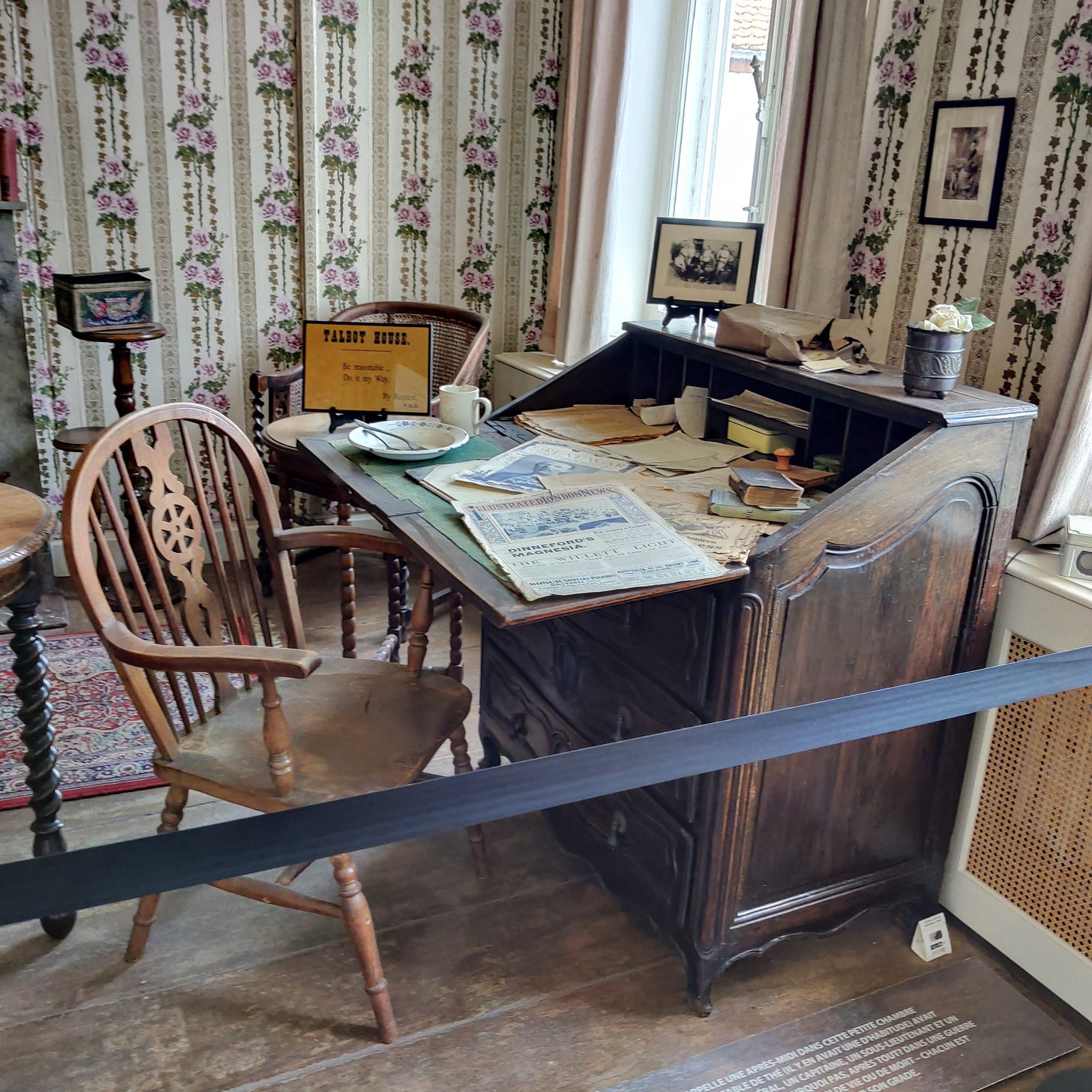
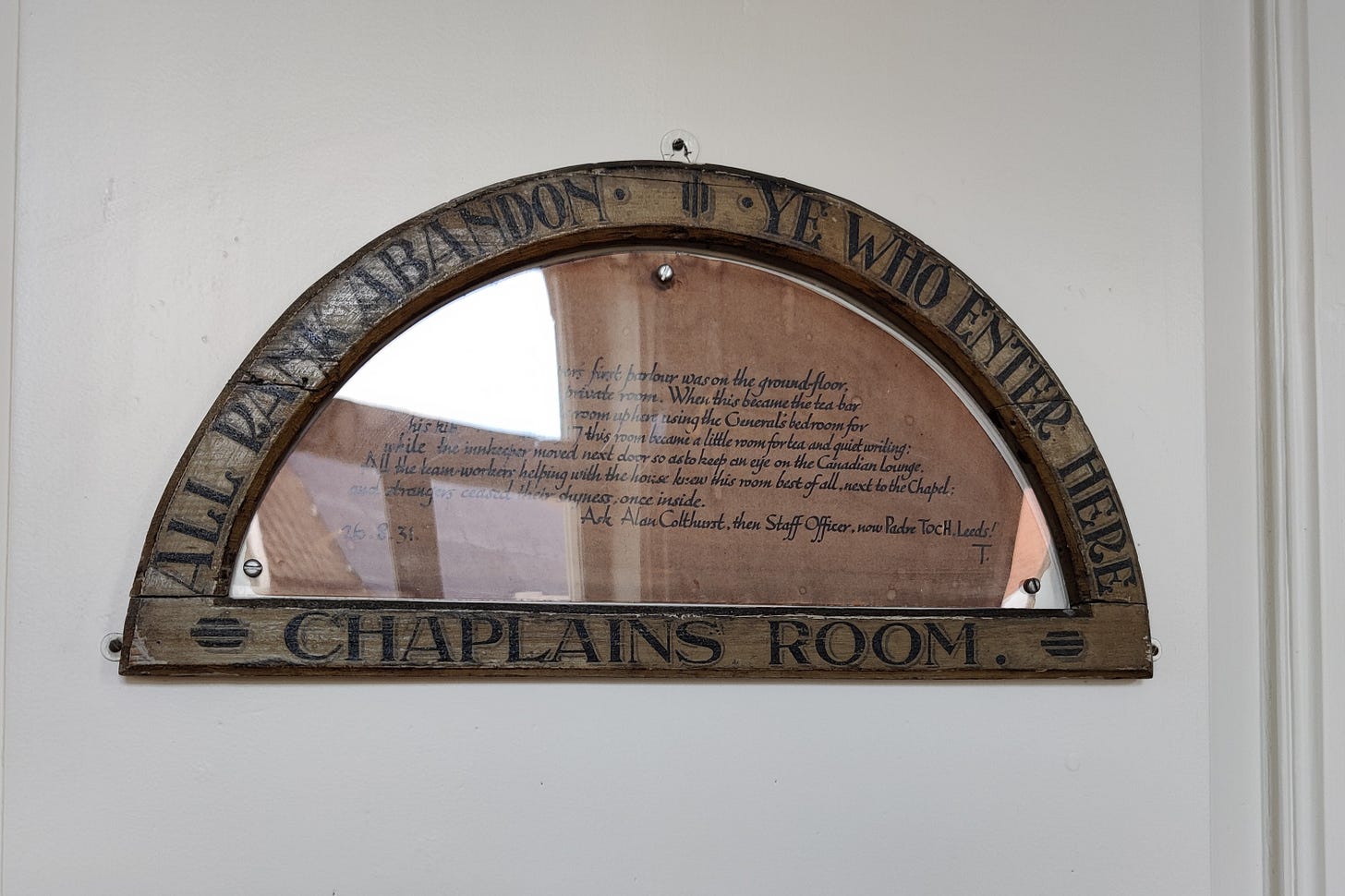

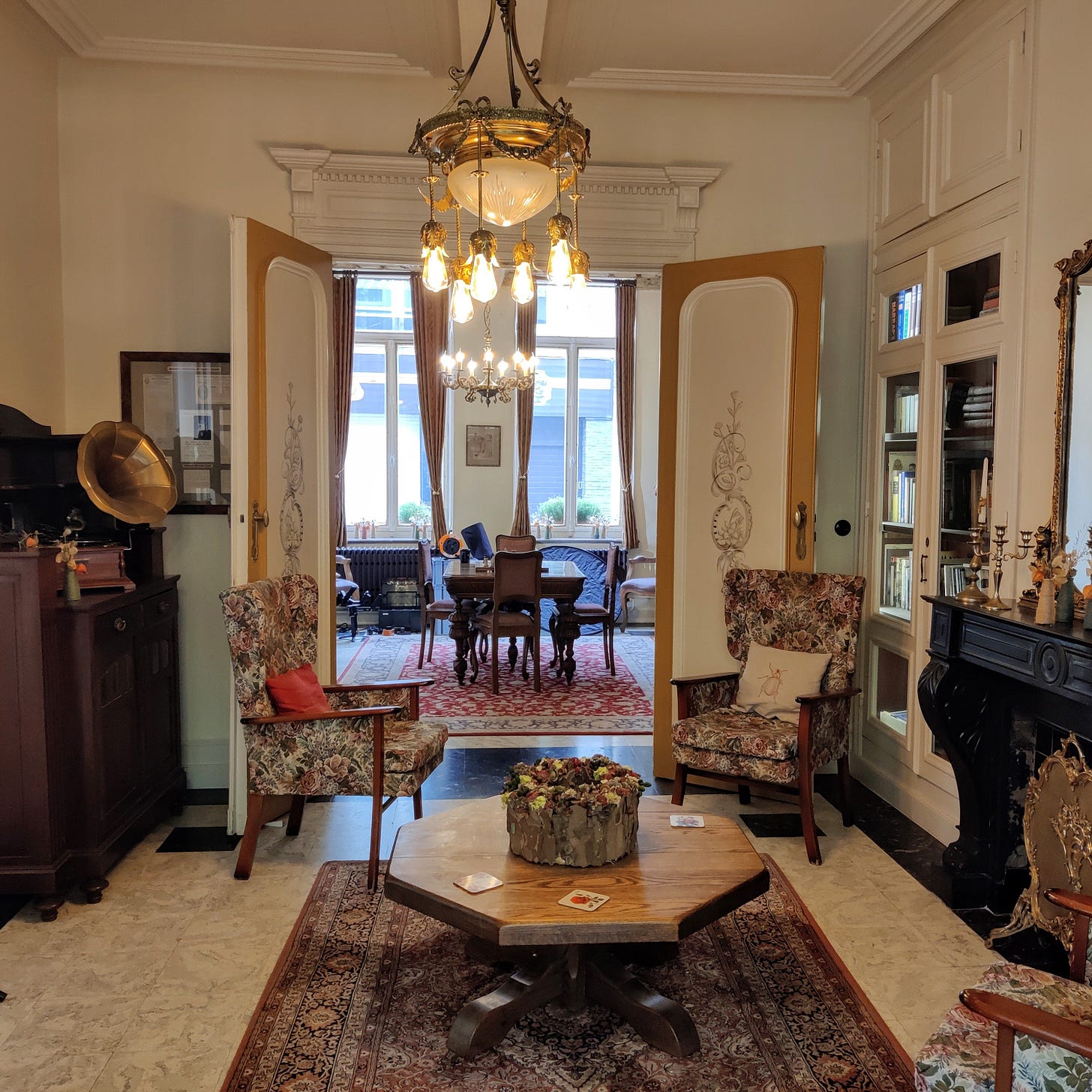





Share this post